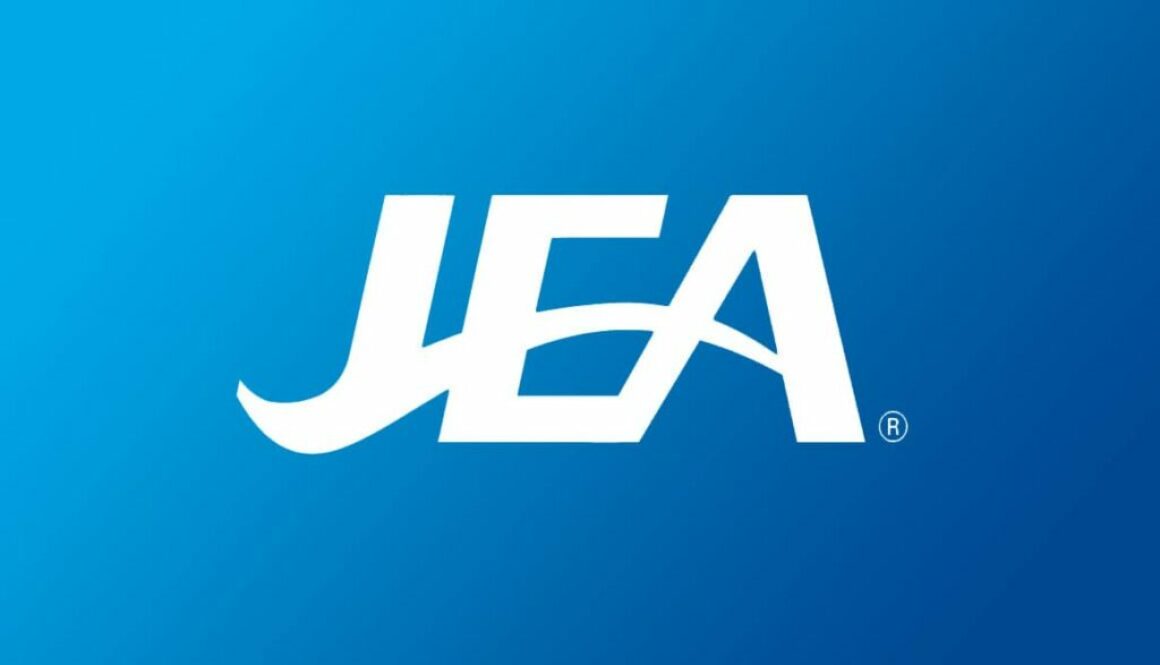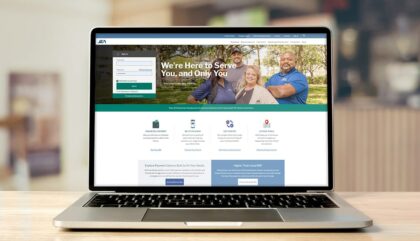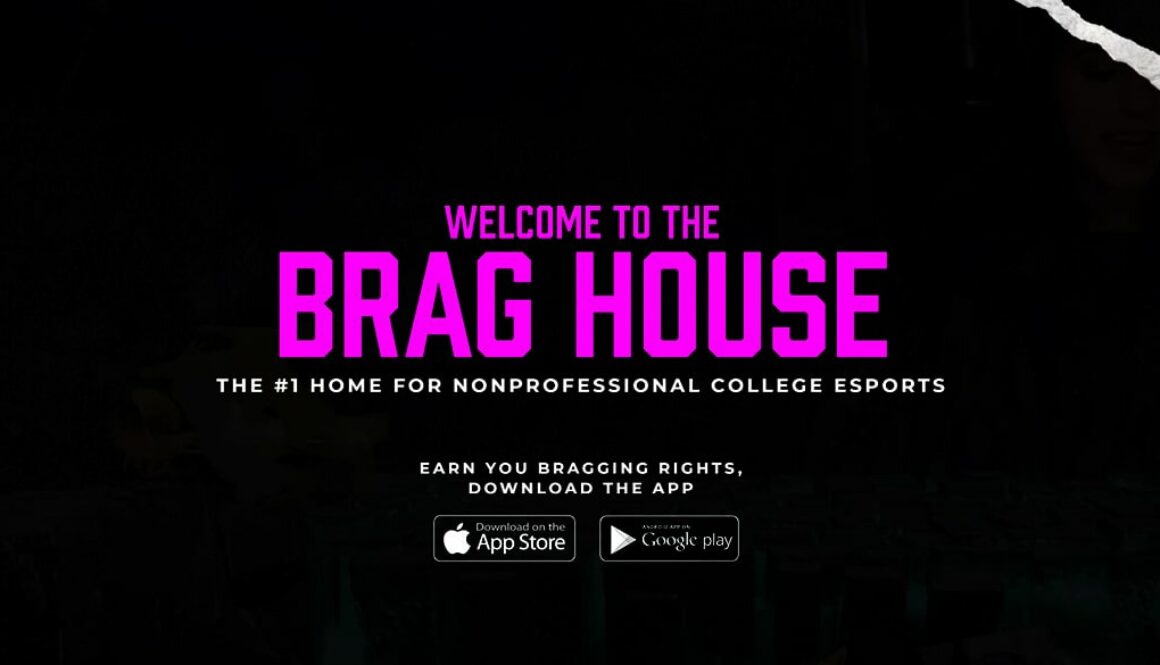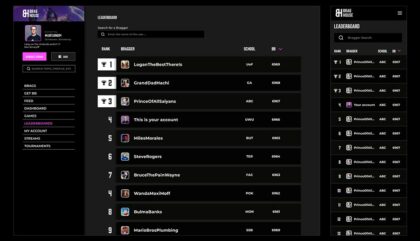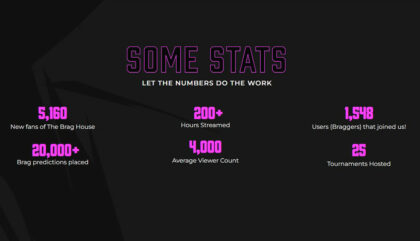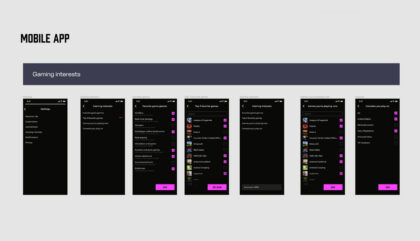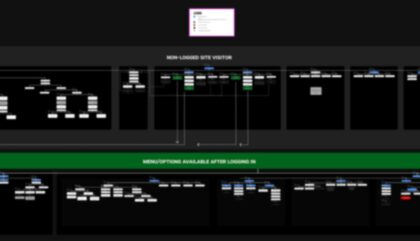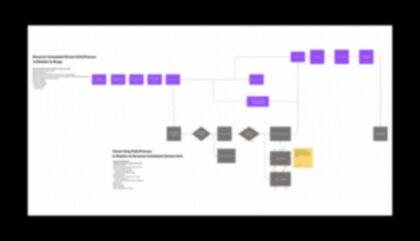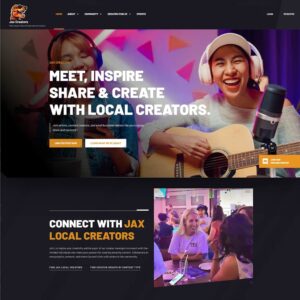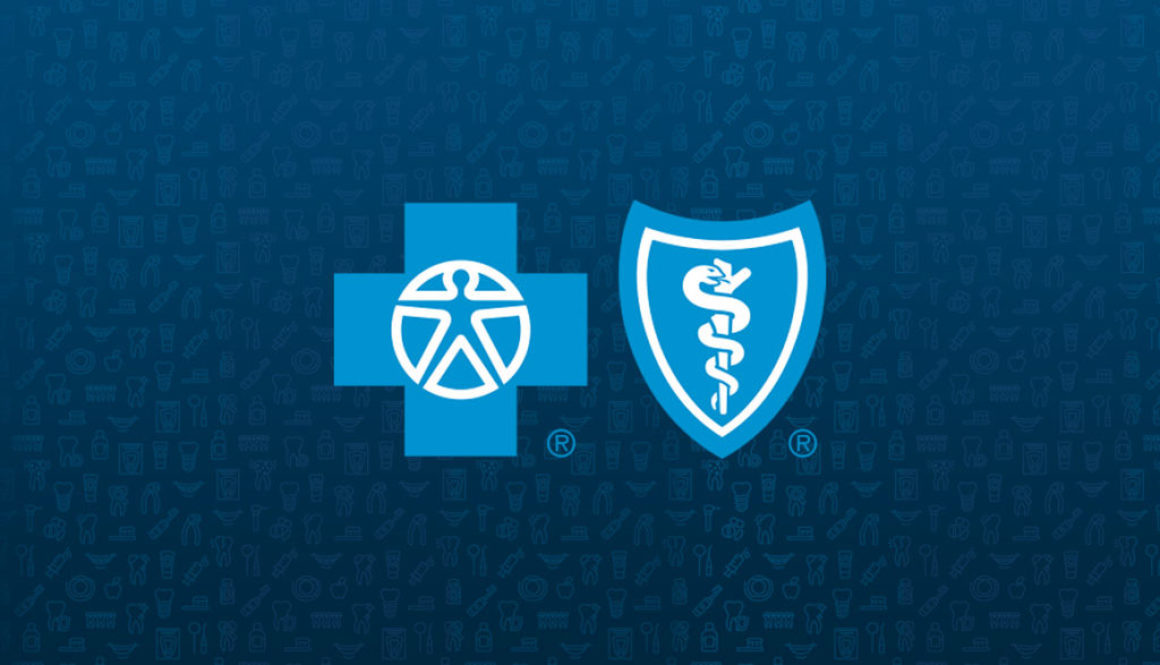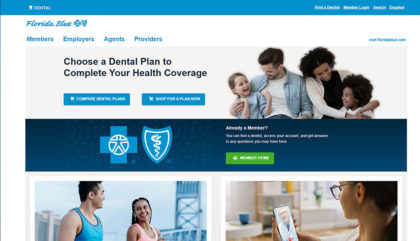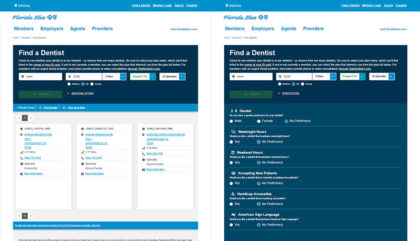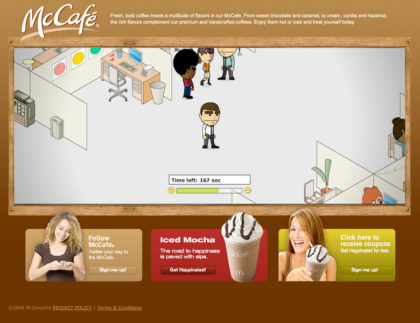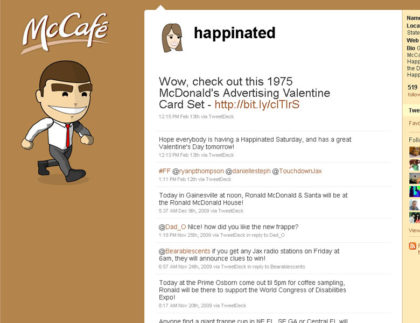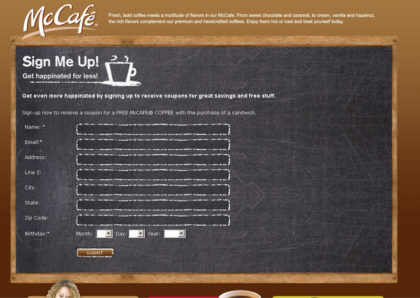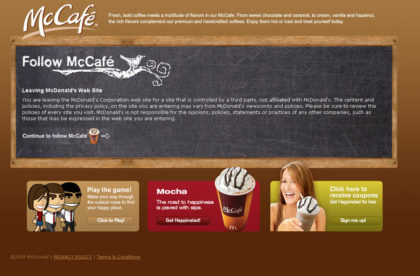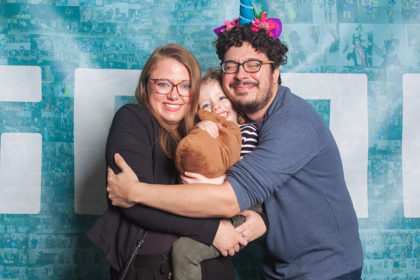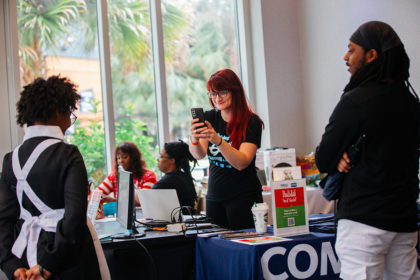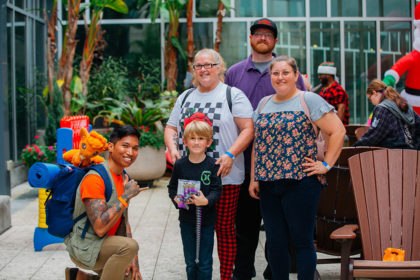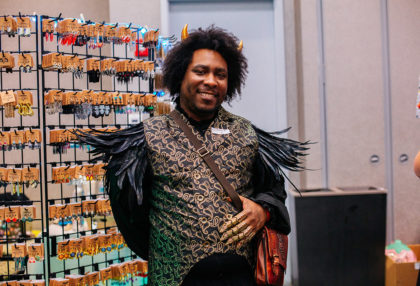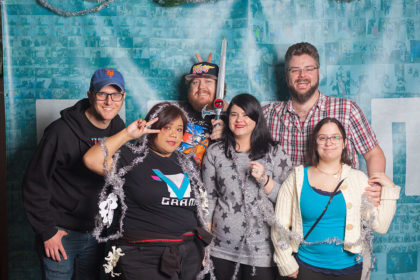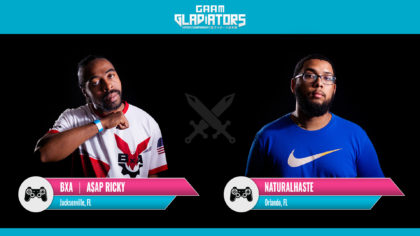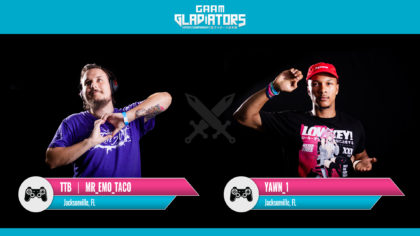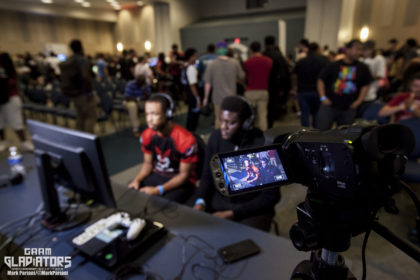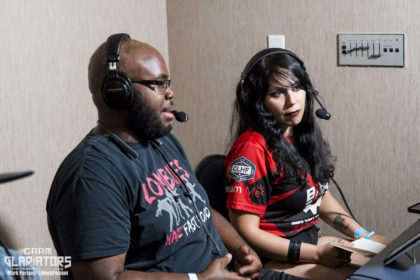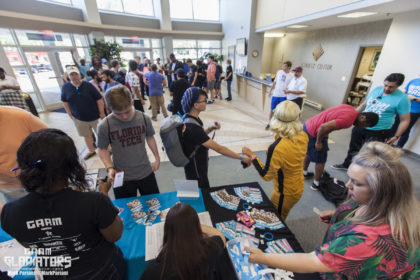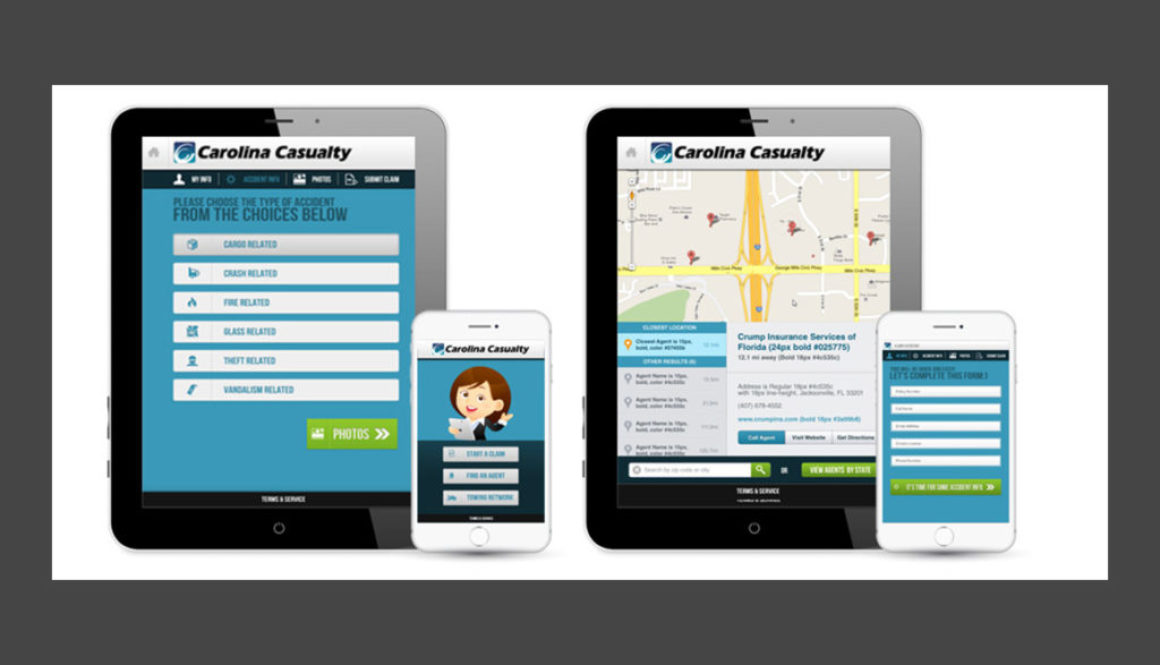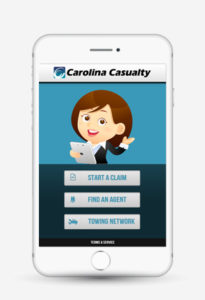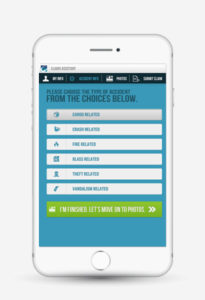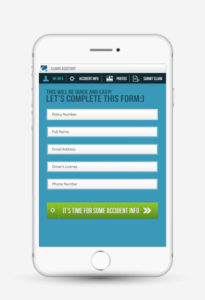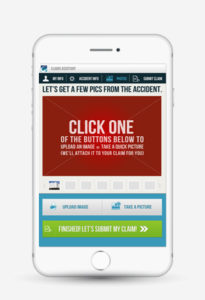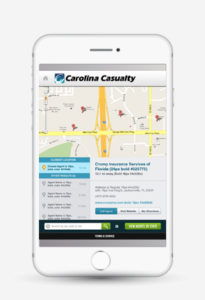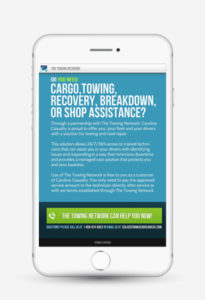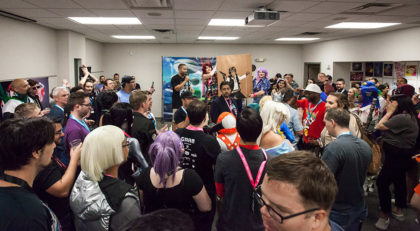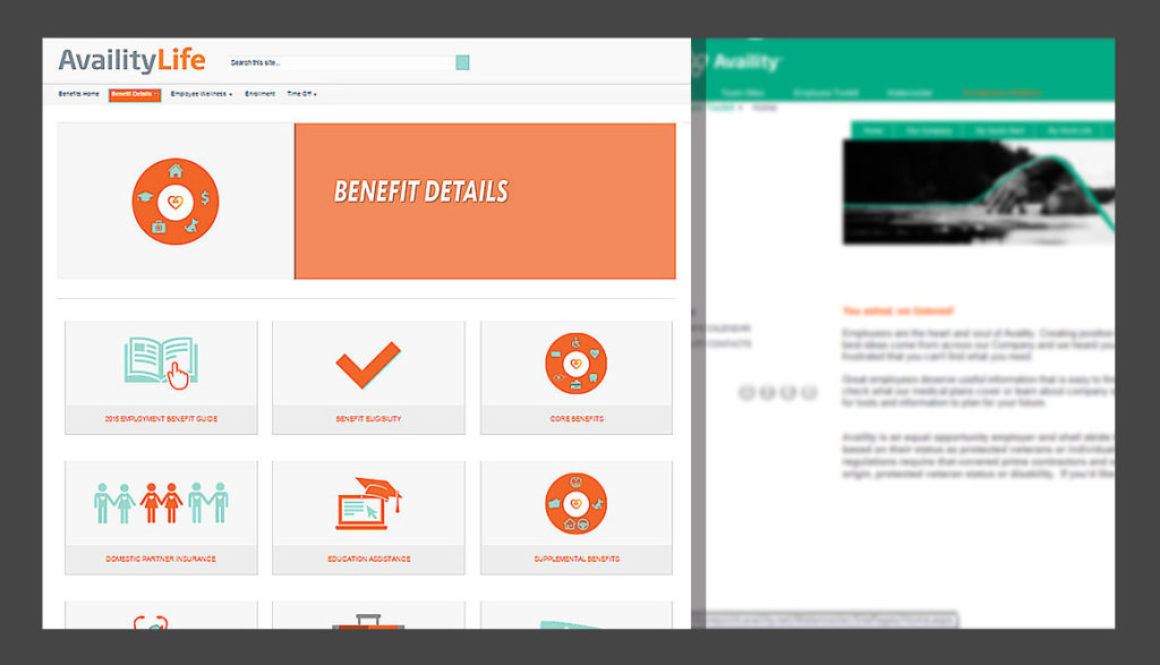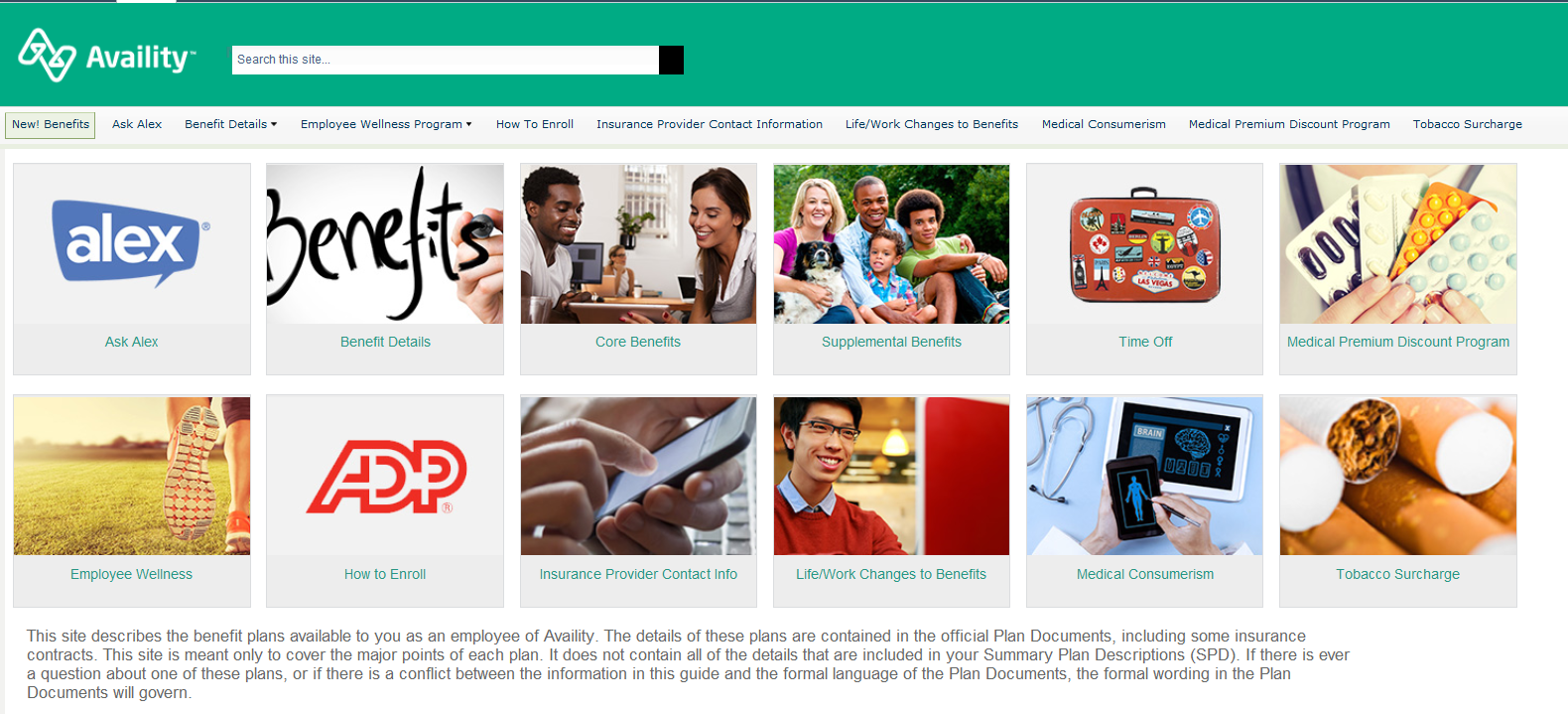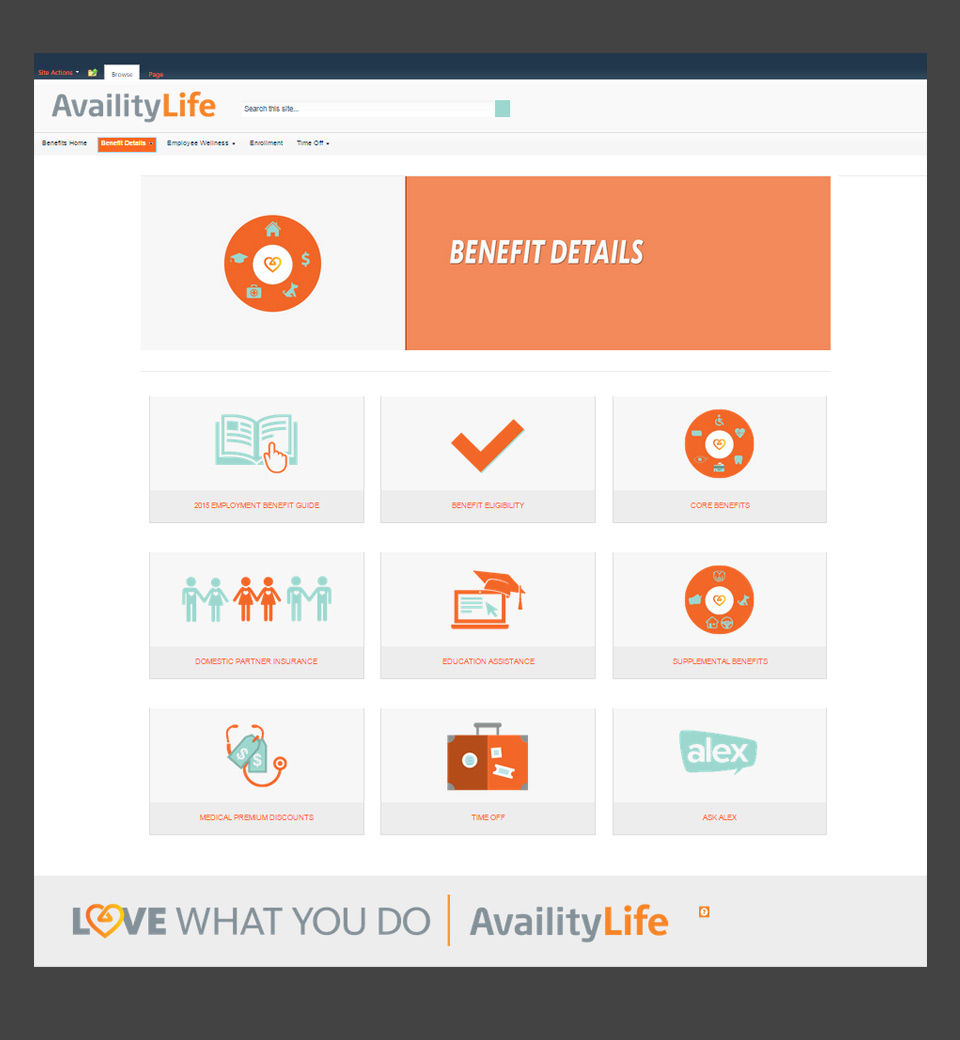JEA – Becoming Accessible and WCAG Compliant
This case study examines my time with JEA, a community-owned electric utility, and their transformative journey towards embracing accessibility. By adopting the WCAG 2.0, Level A and Section 508 compliance standards, JEA prioritized inclusivity in its digital presence. This case study outlines the comprehensive accessibility training program and the subsequent redesign and content overhaul efforts undertaken by the company. The study also highlights the valuable insights gained through customer interactions, shedding light on the challenges faced by individuals with disabilities. The successful accessibility initiatives not only improved the customer experience but also mitigated legal risks while yielding positive business outcomes.
JEA, a leading community-owned electric utility, recognized the importance of accessibility and undertook a significant initiative to align with the WCAG 2.0, Level A and Section 508 compliance guidelines. This case study explores the steps taken by JEA to enhance accessibility and the resulting benefits for both customers and the organization.
Training and Redesign
JEA initiated an extensive accessibility training program to equip the digital team with the knowledge and skills necessary to implement accessibility standards effectively. This training put myself and a few others in a role to act as the ambassadors of accessibility as we interacted with other departments.
Redesign and Content Overhaul
We embarked on a comprehensive redesign and content overhaul of the entire website to ensure compliance with WCAG 2.0, Level A and Section 508 requirements. The redesign process prioritized a user-centric approach while maintaining the flexibility for departmental contributors to make updates as needed.
This also included a ux overall of many of the tools/applications within the site as well, such as the energy consumption trackers, billing, payment and water planners.
Gaining Insights through Customer Interactions
We discovered multiple user challenges through interactions with the customer service department and engagement on social media platforms. I personally gained valuable insights into the daily struggles faced by individuals with disabilities. Vision, motor, cognitive, and speech disabilities emerged as significant barriers to accessing JEA’s services. Some customers opted to make phone calls or visit the physical headquarters, highlighting the limitations of the existing digital platform.
Holistic Benefits of Accessibility Initiatives
By prioritizing accessibility, JEA significantly improved the the customer experience, enabling them to independently access and utilize JEA’s services online. The redesigned website offered an inclusive and seamless experience, reducing the need for workarounds or alternative channels for assistance.
They still existed, and would continue to be streamlined as well, but at least they would not have to be relied on to the same extent.
Legal Compliance and Risk Mitigation
Achieving WCAG 2.0, Level A and Section 508 compliance shielded JEA from potential legal litigation associated with accessibility non-compliance. By adhering to these standards, JEA demonstrated its commitment to accessibility, thereby mitigating legal risks.
Business Impacts
The accessibility initiatives at JEA yielded positive business outcomes. This was especially apparent in the demand put on customer service.
Moreover, the enhanced online experience resulted in increased customer satisfaction and loyalty, ultimately driving positive brand perception and customer retention.
Conclusion
JEA’s commitment to accessibility, demonstrated through the adoption of WCAG 2.0, Level A and Section 508 compliance, has been instrumental in transforming its digital presence. Through extensive training, comprehensive redesign, and engaging with customers, JEA successfully improved the lives of its customers while safeguarding against legal risks. The accessibility initiatives also yielded notable business impacts, affirming the far-reaching benefits of prioritizing inclusivity.
This journey served as an inspiring case study for me, and pushes me to foster accessibility and inclusivity within every digital ecosystems I touch.
